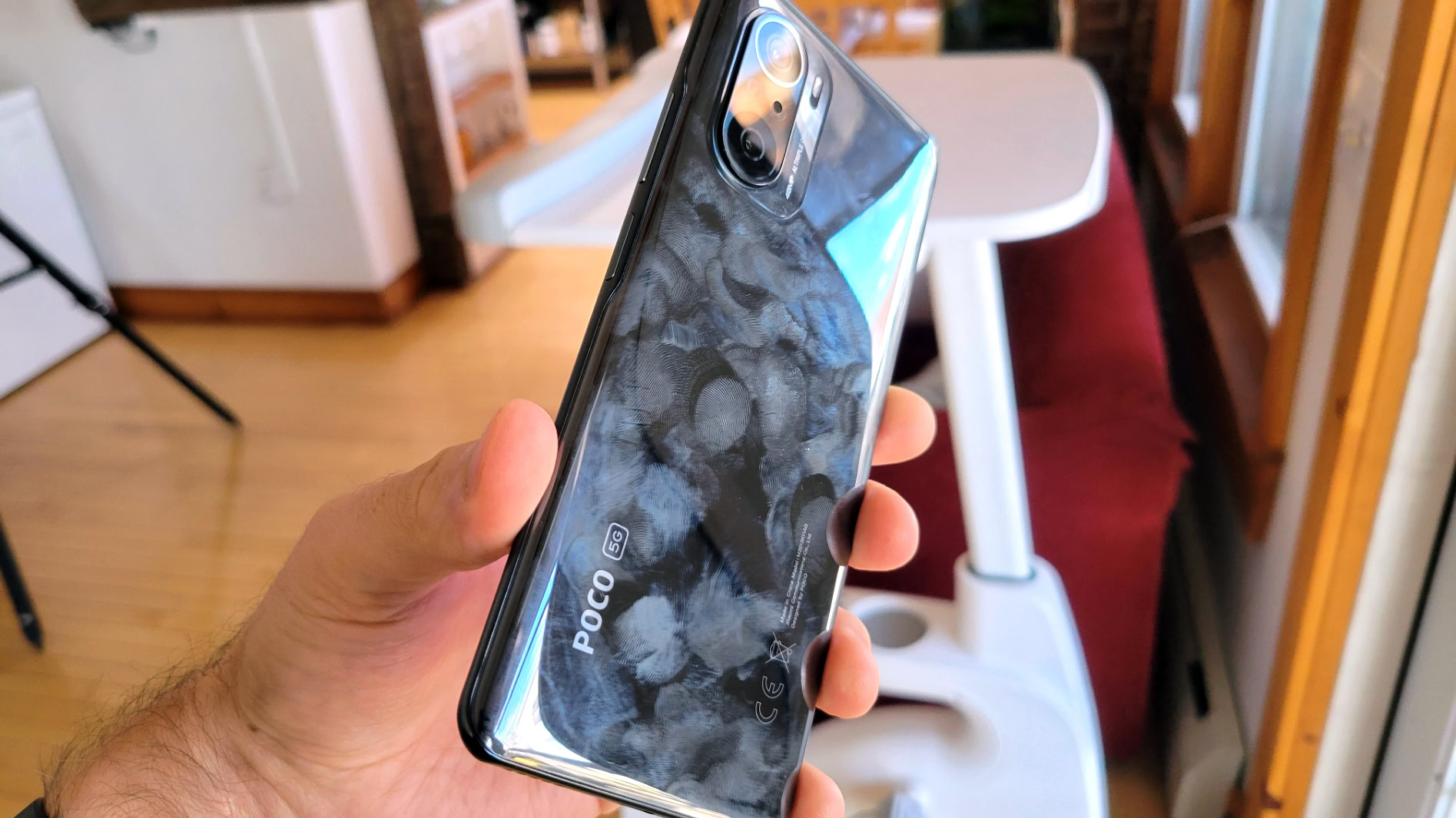Affiliate links on Android Authority may earn us a commission. Learn more.
A touchscreen that erases fingerprints for you? It could become a reality
Published onFebruary 17, 2023

- GM patented a new touchscreen design.
- The design would integrate violet pixels and a metal-oxide-based photocatalyst screen coating.
- A chemical reaction created by the violet pixels and photocatalyst would make it possible for the display to erase fingerprints.
Nothing ruins the look of a display quite like greasy fingerprints. Wouldn’t it be great if touchscreens weren’t fingerprint magnets? If a new patent from GM is anything to go by, this annoyance could become a thing of the past.
As touchscreens slowly, but surely replace the buttons in our cars, the problem of smudges grows. Of course, you can always take a microfiber cloth to wipe away bothersome finger markings. However, car manufacturer GM may have a more convenient solution. According to Gizmodo, GM has patented a new screen design that would make it possible for touchscreens to clean themselves.
This technology would reportedly integrate violet pixels among the blue, red, and green pixels in the display. Like ultraviolet light, the light emitted by the violet pixel would be invisible to the human eye, so it would have no effect on the colors shown on the screen. In addition to the violet pixels, the display would also have an invisible metal-oxide-based photocatalyst coating.
If you’re wondering how these two additions result in a clean screen, the answer is chemical reactions. When exposed to ultraviolet light, the photocatalyst coating is able to absorb the light and create a chemical reaction using the moisture in the air. During the reaction, organic materials left behind by fingerprints, as well as oil residue and grease from fast food, are broken down. After the reaction is done, everything dries out and disappears like dust.
While natural sunlight could take care of the ultraviolet light part, the violet pixels are still needed. For example, many cars have tinted windows that block sunlight. And there’s also the possibility of a driver wanting to activate the feature while in the dark.
If you’re excited to see this technology arrive in your next GM car or expanded to other technologies, you may be waiting for a while. GM has not announced whether it’s pursuing this technology or not. This means it could be something the company releases in a few years or they may decide not to release it at all. Hopefully, they do because it would be nice to stop worrying about fingerprints all of the time.